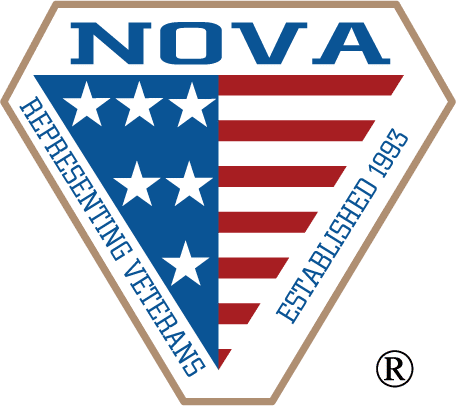
Not Just Any Evidence Will Do
The combat presumption allows the veteran’s statement to be enough for VA to presume your disease, injury, or event happened during service. But that does not mean that VA has to accept all such statements and evidence. Rather, VA only has to accept evidence that conforms with the requirements set forth in the law and regulations addressing the combat presumption. Before the VA must accept the veteran’s statement or other evidence as fact regarding in-service incurrence or aggravation, the evidence must:
- Be “satisfactory”,
- Be consistent with the circumstances, conditions, and hardships of the veteran’s service; and
- There must not be clear and convincing evidence in the record against incurrence or aggravation during combat.
If all three of these points are met, the veteran is entitled to application of the combat presumption.
What Evidence is “Satisfactory”?
The courts have interpreted “satisfactory” to mean evidence that is credible, plausible, or capable of being believed. Essentially, VA will be looking at the statements and evidence submitted by you to see if it is internally consistent (meaning no contradictions from one part of the statement to the next) and seems to be believable based on what exactly is being said.
VA will also be looking at this statement or evidence to see if it contradicts other statements or evidence in the record. So, if you say the event happened one way, but you also include a buddy statement that gives a much different account of events, VA may find that the evidence for in-service incurrence or aggravation is not credible.
Remember, give them what you have to and keep it at that. Even if you and your fellow servicemember are being completely honest, different people have different memories and perceptions. As the saying goes, the devil is in the details, so keep it as simple as you can to prove what you need. However, it is important to know that when determining whether the veteran’s statements are satisfactory, VA is supposed to resolve every reasonable doubt in favor of the veteran if the evidence is “in equipoise,” meaning there is an equal amount of evidence for and against the veteran.
Also, only evidence that clearly contradicts should be considered when making this determination of the evidence being satisfactory. If particular statement or document is ambiguous, it should not be considered at this point.
What Does It Mean to be Consistent with Circumstances of Service?
This simply means that what you describe as part of your combat service must be what one would expect for that particular situation. For example, loud noise exposure would be consistent with the service of an infantryman in Vietnam because they routinely experienced acoustic trauma from small arms fire, mortars, etc. Again, all reasonable doubt here should be resolved in the veteran’s favor.
If the veteran meets these two criteria (satisfactory and consistent), then the combat presumption will apply UNLESS there is strong evidence that the disease, injury, or event was not in service.
What Evidence Can Cause Me to Lose the Combat Presumption?
Once you meet the first two steps above, the VA can consider the evidence that tends to show you did not have an in-service occurrence. Although VA does get to consider negative evidence at this point in its analysis, the evidence must pretty strongly contradict your statements and evidence showing it happened in combat. The legal standard applied here is “clear and convincing evidence.” If it does not meet that level, the veteran should keep the combat presumption.
Of course, the next question is what qualifies as clear and convincing evidence. This is a high standard of proof. VA claims in general are decided on an “as likely as not” standard, which means if the evidence is 50-50 each way, the veteran wins. Compare that to the “beyond a reasonable doubt” standard in criminal cases, which is the highest standard possible. “Clear and convincing” is somewhere between these two, but the evidence should be heavily weighted against the veteran before the combat presumption does not apply.
If you know your disability is related to an event, injury, or disease in combat but have been denied service-connection by VA, you probably need to talk to a VA-accredited disability attorney to see if VA correctly applied the combat presumption in your claim. If not, you may be able to appeal the decision if you act quickly.
The attorneys in our firm would be happy to provide you with a free consultation to answer questions you may have about the combat presumption or other issues involving veterans disability benefits. If you would like to set one up, simply call the phone number or complete the “Need Help” form on the right of this page.







